39 how do ocean currents work
How do ocean currents work? - Jennifer Verduin | TED-Ed In 1992, a cargo ship carrying bath toys got caught in a storm. Shipping containers washed overboard, and the waves swept 28,000 rubber ducks and other toys into the North Pacific. But they didn't stick together -- the ducks have since washed up all over the world. How did this happen? Jennifer Verduin dives into the science of ocean currents. How Do Ocean Currents Work? Video for 6th - Lesson Planet This How Do Ocean Currents Work? Video is suitable for 6th - 12th Grade. Find out what puts the motion in the ocean with a short video about how ocean currents work. An animated video uses the story of little yellow ducky bathtub toys to show how currents flow through the world's oceans.
ssec.si.edu › weather-labWeather Lab | Smithsonian Science Education Center Weather Lab is a tool to help visualize how North America’s weather is formed. This lab is designed to model the complex interactions between air masses and ocean currents, but like all models it represents probable outcomes. Each prediction you make is for possible outcomes during Spring.

How do ocean currents work
Ocean Currents | National Geographic Society By moving heat from the equator toward the poles, ocean currents play an important role in controlling the climate. Ocean currents are also critically important to sea life. They carry nutrients and food to organisms that live permanently attached in one place, and carry reproductive cells and ocean life to new places. How Rip Currents Work | HowStuffWorks A rip current is a narrow, powerful current of water running perpendicular to the beach, out into the ocean. These currents may extend 200 to 2,500 feet (61 to 762 m) lengthwise, but they are typically less than 30 feet (9 m) wide. Rip currents can move at a pretty good speed, often 5 miles per hour (8 kph) or faster. How do ocean currents work? - Quora Answer (1 of 10): Simply, because the sun causes heat differences in ocean regions, making salinity differences and surface winds. Also, the Earth's rotation tilts the ocean surface. The coriolis effect happens because the earth rotates toward the east. It can be thought of as water piling up be...
How do ocean currents work. marinedebris.noaa.gov › info › patchGarbage Patches | OR&R's Marine Debris Program Garbage patches are large areas of the ocean where litter, fishing gear, and other debris - known as marine debris - collects. They are formed by rotating ocean currents called “gyres.” You can think of them as big whirlpools that pull objects in. The gyres pull debris into one location, often the gyre’s center, forming “patches.” Jennifer Verduin: How do ocean currents work? | TED Talk In 1992, a cargo ship carrying bath toys got caught in a storm. Shipping containers washed overboard, and the waves swept 28,000 rubber ducks and other toys into the North Pacific. But they didn't stick together -- the ducks have since washed up all over the world. How did this happen? Jennifer Verduin dives into the science of ocean currents. [Directed by Cabong Studios, narrated by Addison ... large.stanford.edu › courses › 2014Ocean Current Energy: Underwater Turbines While ocean currents may move slowly relative to wind speeds, due to the density of water, they carry a great deal of energy. Water is more than 800 times denser than air, so for the same surface area, water moving 12 miles per hour exerts the same amount of force as a constant 110 mph wind. Due to this physical property, ocean currents contain ... How do ocean currents work? - Jennifer Verduin - YouTube -- In 1992, a cargo ship carrying bath toys got caught in a storm. Shipping containers washed overboard, and the waves swept 28,000 rubber ducks and other toys into the North Pacific. But they...
How do ocean currents affect deserts? - FindAnyAnswer.com Ocean currents act much like a conveyor belt, ... How do currents work? Near the shore, surface currents are driven by both the wind and tides, which draw water back and forth as the water level falls and rises. Meanwhile, in the open ocean, wind is the major force behind surface currents. As wind blows over the ocean, it drags the top layers ... How Do Ocean Currents Work? | Science Outlook Understanding this important phenomenon that sustains Earth and regulates its climates. scied.ucar.edu › learning-zone › climate-changeHow Melting Arctic Ice Affects Ocean Currents | Center for ... The added freshwater makes the seawater less dense. This has caused the North Atlantic to become fresher over the past several decades and has caused the currents to slow. Water that is less dense will not be able to sink and flow through the deep ocean, which may disrupt or stop the pattern of ocean currents in the region. How do ocean currents work? - FindAnyAnswer.com How do ocean currents work for kids? These types of currents are caused by the wind blowing across the surface of the water. When the air rubs across the water there is friction. The friction transfers energy into the water and forms the wave. Think about rubbing your hands together really fast, they become warm.
An Overview of Ocean Currents and How They Circulate Mounds in the water form in areas where the water meets land, where water is warmer, or where two currents converge. Gravity then pushes this water downslope on the mounds and creates currents. Deepwater currents, also called thermohaline circulation, are found below 400 meters and make up about 90% of the ocean. How do Ocean currents work. Discussion.docx - Name: Akhil... Surface currents near the shore are driven by both wind and tides, which drag water back and forth as the water level falls and rises. Meanwhile, the wind is the primary driving element behind surface currents in the open ocean. The upper layers of water are dragged along with the wind as it sweeps across the ocean. en.wikipedia.org › wiki › Ocean_currentOcean current - Wikipedia Ocean currents are primarily horizontal water movements. An ocean current flows for great distances and together they create the global conveyor belt, which plays a dominant role in determining the climate of many of Earth’s regions. More specifically, ocean currents influence the temperature of the regions through which they travel. Ocean currents | National Oceanic and Atmospheric Administration Large-scale surface ocean currents are driven by global wind systems that are fueled by energy from the sun. These currents transfer heat from the tropics to the polar regions, influencing local and global climate. The warm Gulf Stream originating in the tropical Caribbean, for instance, carries about 150 times more water than the Amazon River.
How Ocean Currents Work | HowStuffWorks Few bodies of water have the intricate system of currents that oceans do, though. Ranging from predictable tidal currents to fickle rip currents, ocean currents may be driven by tides, winds or differences in density. They profoundly affect the weather, marine transportation and the cycling of nutrients. How exactly?
How Ocean Currents Work? - Windy.app An ocean current is the movement of ocean water from area A to area B. What causes that movement? First of all, the wind. When the wind blows above the surface of the ocean, it moves the upper layers of water. The movement is transmitted to deeper layers and from them to even deeper waters.
Rip Currents - NOAA's National Ocean Service A rip current, sometimes incorrectly called a rip tide, is a localized current that flows away from the shoreline toward the ocean, perpendicular or at an acute angle to the shoreline. It usually breaks up not far from shore and is generally not more than 25 meters (80 feet) wide. Rip currents typically reach speeds of 1 to 2 feet per second.
How Do Ocean Currents Work? — Kvaroy Arctic Fill about ⅓ of your vessel of choice with cold water. Add a few drops of one of your brighter food colorings. As the goal is to have very cold water so that you can clearly see the behavior of the ocean currents, the next step is to add 2 cups of ice to the cold water and stir. Let it sit for a few minutes for some of the ice to melt.
How Ocean Currents Work (and How We Are Breaking Them) PBS Member Stations rely on viewers like you. To support your local station, go to: ↓ More info and sources below ↓Head over to A...
Ocean Currents and Climate | National Geographic Society The ocean has an interconnected current, or circulation, system powered by wind, tides, the Earth's rotation (Coriolis effect), the sun (solar energy), and water density differences. The topography and shape of ocean basins and nearby landmasses also influence ocean currents.
How do ocean currents work? | The Kid Should See This These ducks and their worldwide adventure unexpectedly helped researchers chart how ocean currents work. In this TED-Ed by Jennifer Verduin, directed by Cabong Studios, we learn how surface currents, deep ocean currents, wind, salt, gyres, the Coriolis Effect, and other powerful factors affect how water moves around the planet. TEACHING RESOURCES:
How Sea Currents Work - Nature | ScienceBriefss.com Surface Ocean Currents - Many forces combine to move ocean water. Tides ebb and flow because of the gravity between the Earth and the moon. Wind can also move water, and the Earth's rotation adds a direction, but the main factors in the ocean's strongest and most stable currents are temperature, salinity and density.
TED-Ed - How do ocean currents work? | Facebook In 1992, a cargo ship carrying bath toys got caught in a storm. Shipping containers washed overboard, and the waves swept 28,000 rubber ducks and other...
How do ocean currents work Ted Talk Questions.docx - Ted... It taught researchers about the currents 4. What are ocean currents driven by besides the sun? wind 5. Compare and contrast the two categories of ocean currents. Be as detailed as possible. The surface only covers 10% while the deep covers the 90%. They influence each other.6. What are gyres? Which way do gyres move in the Northern
How do ocean currents work? - Quora Answer (1 of 10): Simply, because the sun causes heat differences in ocean regions, making salinity differences and surface winds. Also, the Earth's rotation tilts the ocean surface. The coriolis effect happens because the earth rotates toward the east. It can be thought of as water piling up be...
How Rip Currents Work | HowStuffWorks A rip current is a narrow, powerful current of water running perpendicular to the beach, out into the ocean. These currents may extend 200 to 2,500 feet (61 to 762 m) lengthwise, but they are typically less than 30 feet (9 m) wide. Rip currents can move at a pretty good speed, often 5 miles per hour (8 kph) or faster.
Ocean Currents | National Geographic Society By moving heat from the equator toward the poles, ocean currents play an important role in controlling the climate. Ocean currents are also critically important to sea life. They carry nutrients and food to organisms that live permanently attached in one place, and carry reproductive cells and ocean life to new places.

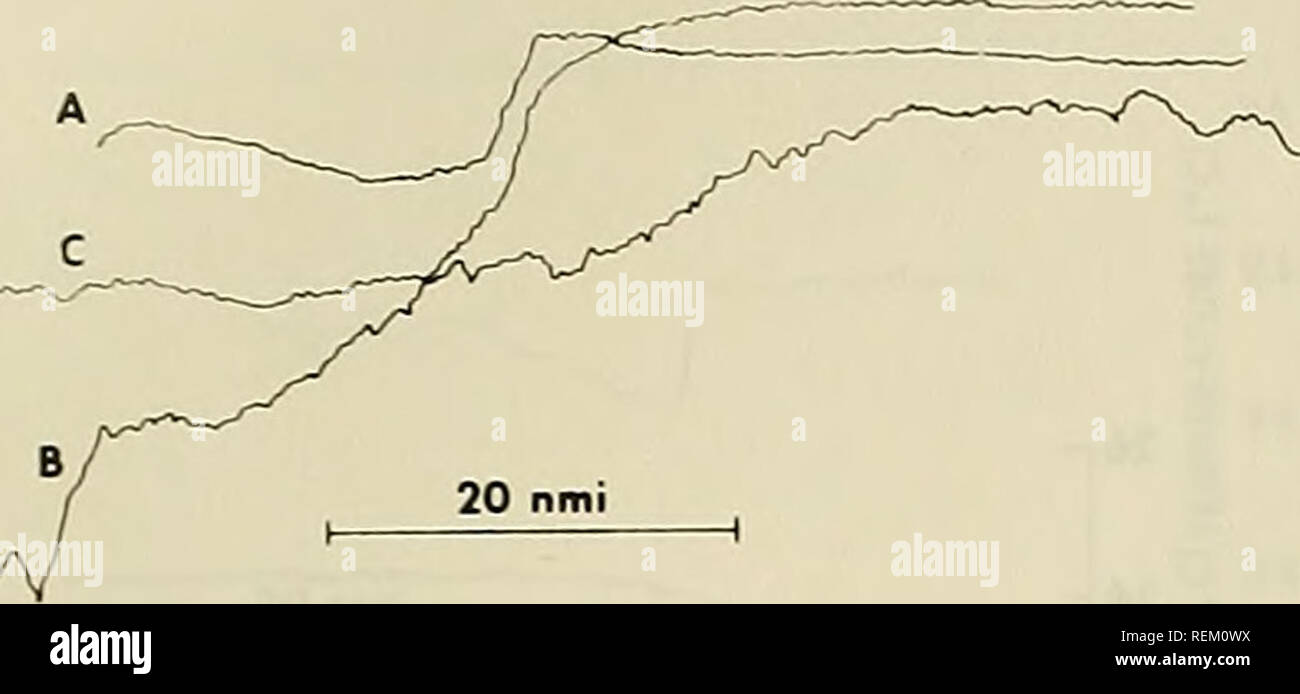

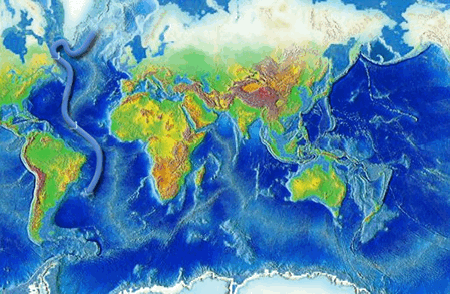
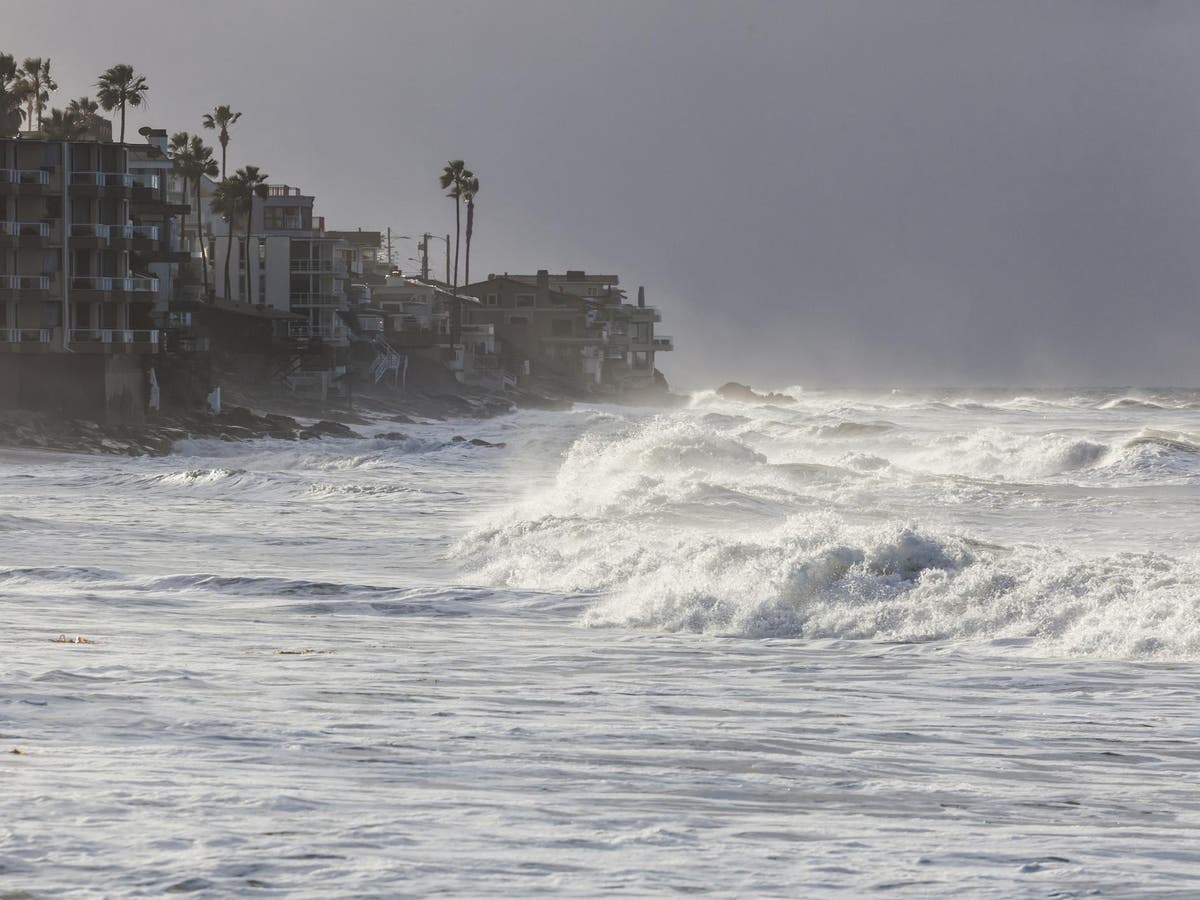




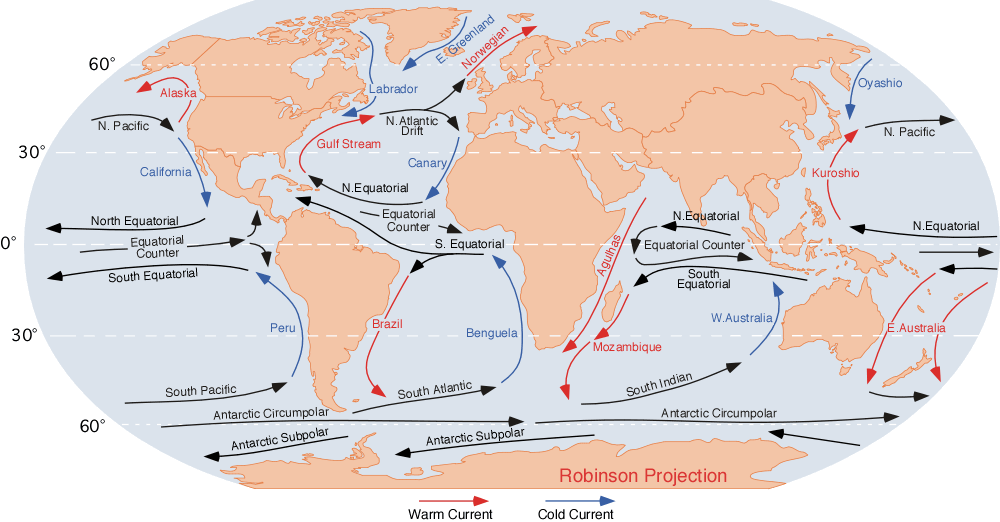
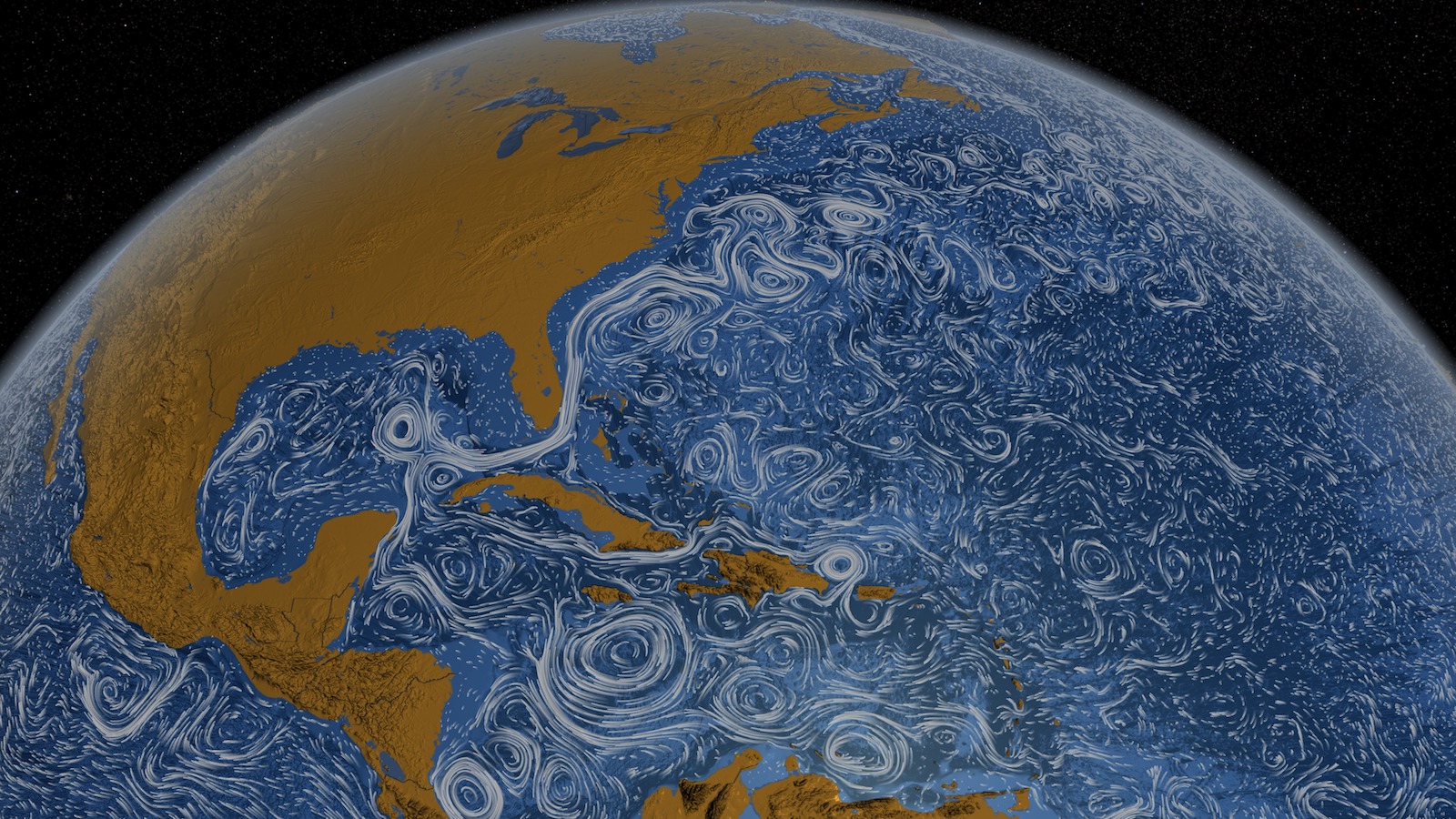



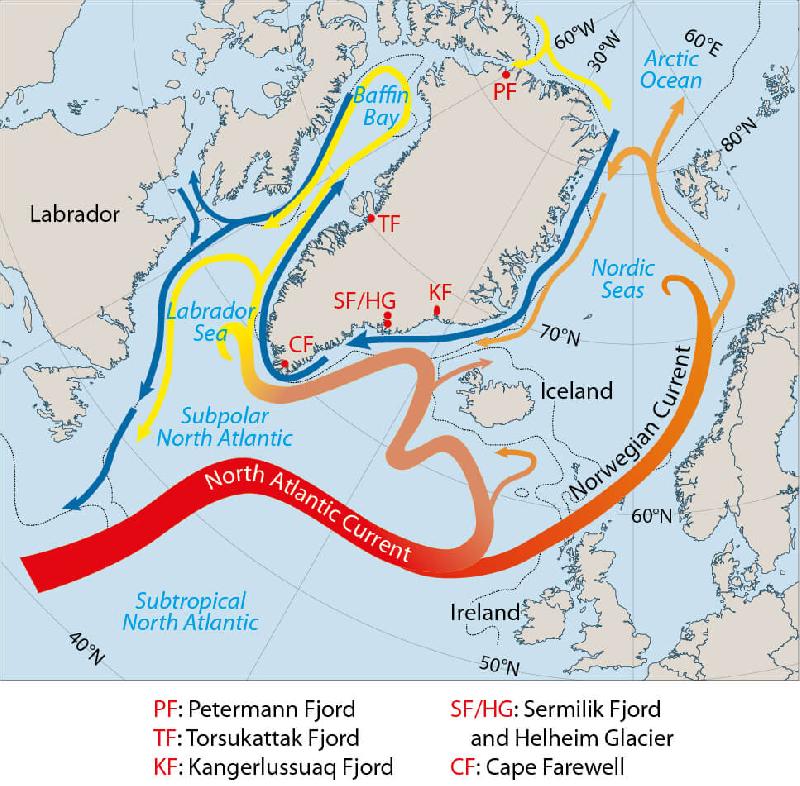








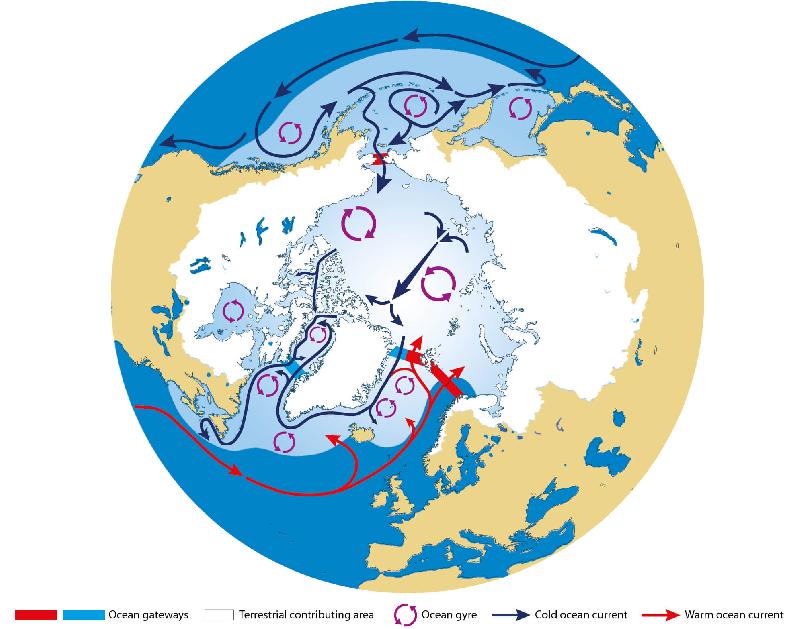
/GettyImages-761606665-5a599d45e258f80037f13b4c.jpg)

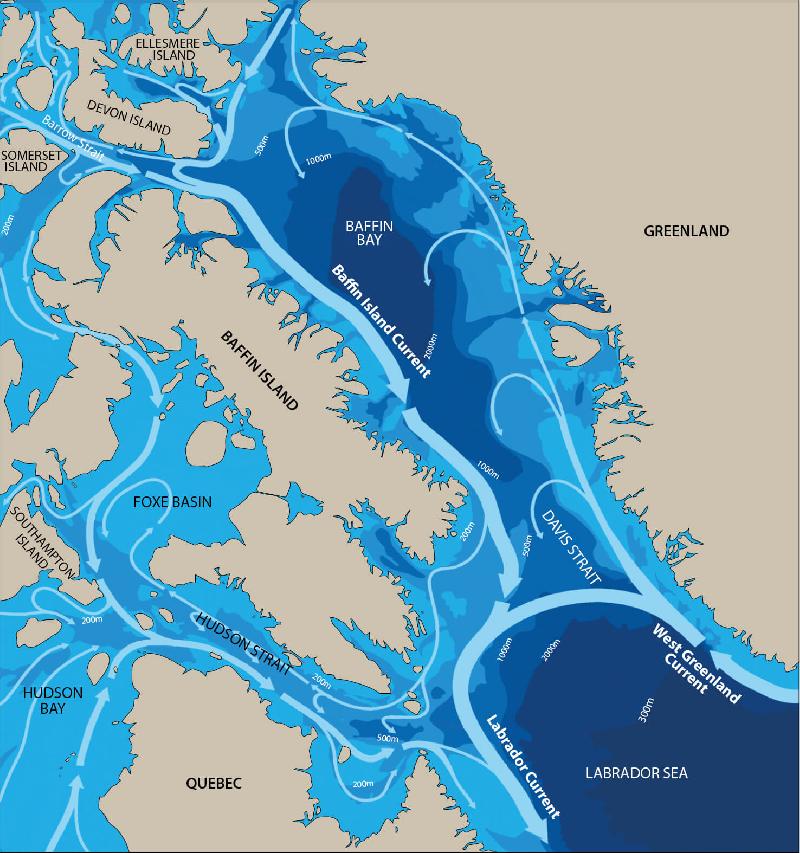



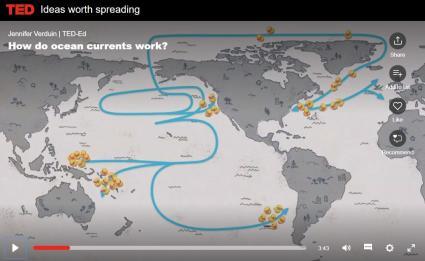
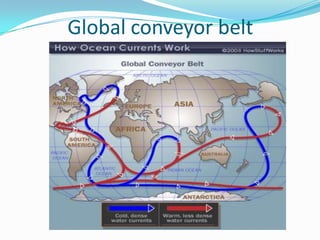
0 Response to "39 how do ocean currents work"
Post a Comment